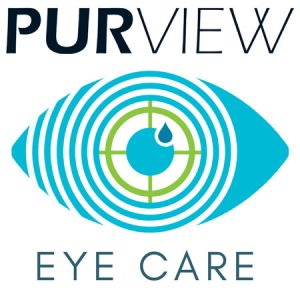 Cataracts are so incredibly common that, by age 80, more than half of the population will either have cataracts currently or have had one removed.
Cataracts are so incredibly common that, by age 80, more than half of the population will either have cataracts currently or have had one removed.
When looking at an object, light is received through the pupil. It is then focused onto the the back of the eye, where there is a collection of light sensitive cells called the retina. A cataract occurs when the eye's normally clear lens becomes fogged up, making it hard or even impossible for light to travel properly through the lens and be clearly focused on the retina.
Among other symptoms associated with cataracts, you may experience painless, blurry vision, or faded or yellowed colors. Dr. Charlie Alfano, of Purview Eye Care adds,“Increased difficulty seeing at night or in dim lighting is another easily overlooked symptom. You should consult your eye care professional for an appointment if you have any of these symptoms and, if diagnosed, be sure to have regular check-ups thereafter.”
Cataracts are often considered a common part of aging. The lens, which is made of mostly water and protein, grows excess layers on its surface as the years go by. When these layers harden, protein in the lens may form clumps and become cloudy, forming a cataract. Although cataracts are usually considered an eye condition of old age, previous eye disease or eye surgery, chronic disease, diabetes, and eye injuries can bring on cataracts much earlier.
Treatment of a cataract varies. In cases in which clouding is minimal, vision is hardly affected and a slight change in eyeglasses prescription may be enough. Alternatively, if all or a large part of the lens is clouded, surgery is required to restore sight. Cataract surgery involves the removal of the cloudy natural lens and replacement of the natural lens with an artificial lens made of plastic, silicone or acrylic. The surgery is extremely low risk and is normally done as an outpatient procedure without overnight stay.
Dr. Alfano advises, “Proper pre- and post-op care are very important. Proper co-management means your optometrist and eye surgeon are on the same page when it comes to your treatment before, during and and after surgery.” A thorough exam should be conducted by your primary eye doctor to diagnose and decide on treatment of your cataract. After this your doctor should be able to advise about the surgery and refer you to a surgeon, who will answer any questions you have about the surgery. Afterwards, follow ups should take place with both your surgeon and your optometrist to assess your recovery.
For more information, contact our Eye Doctors today.

In case of emergency, please phone our office at the number listed above. After hours, please visit your nearest emergency room.